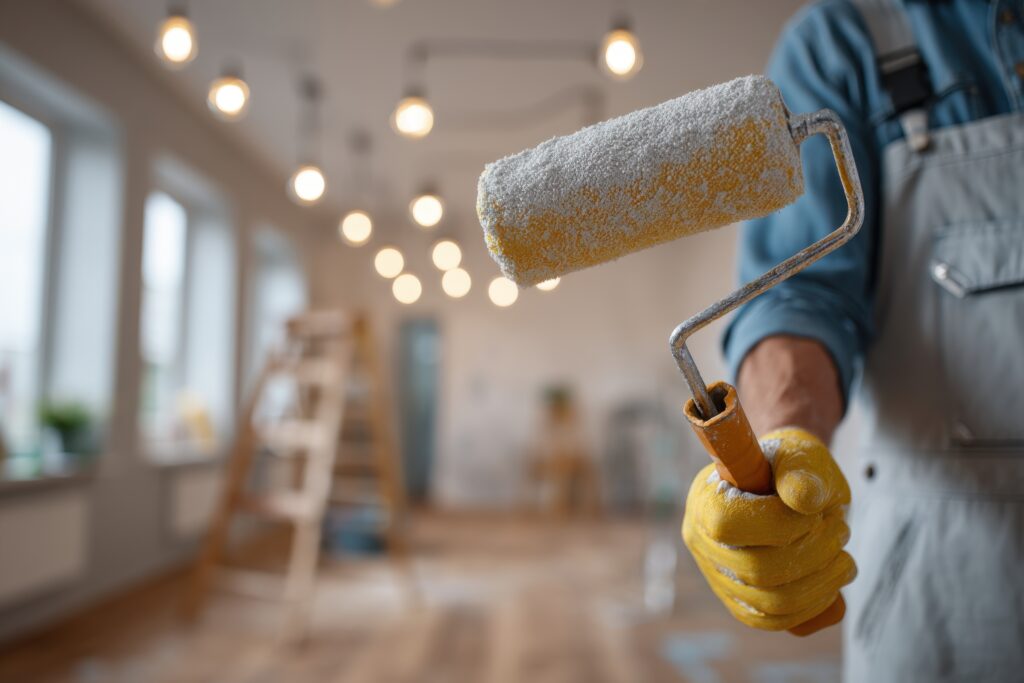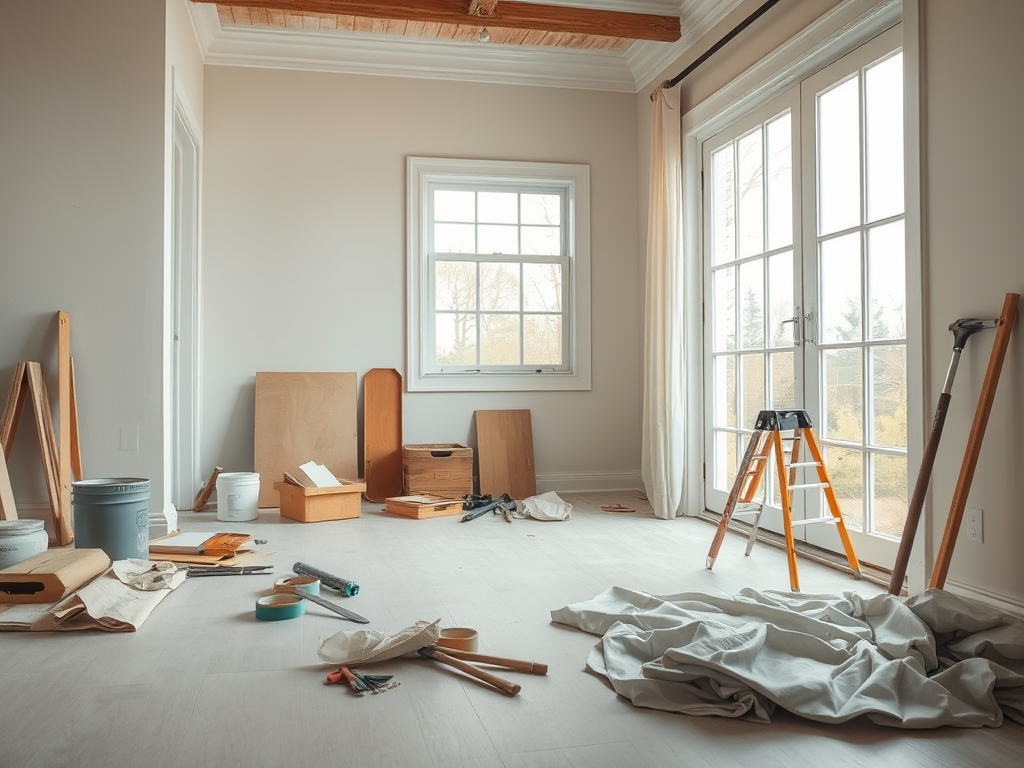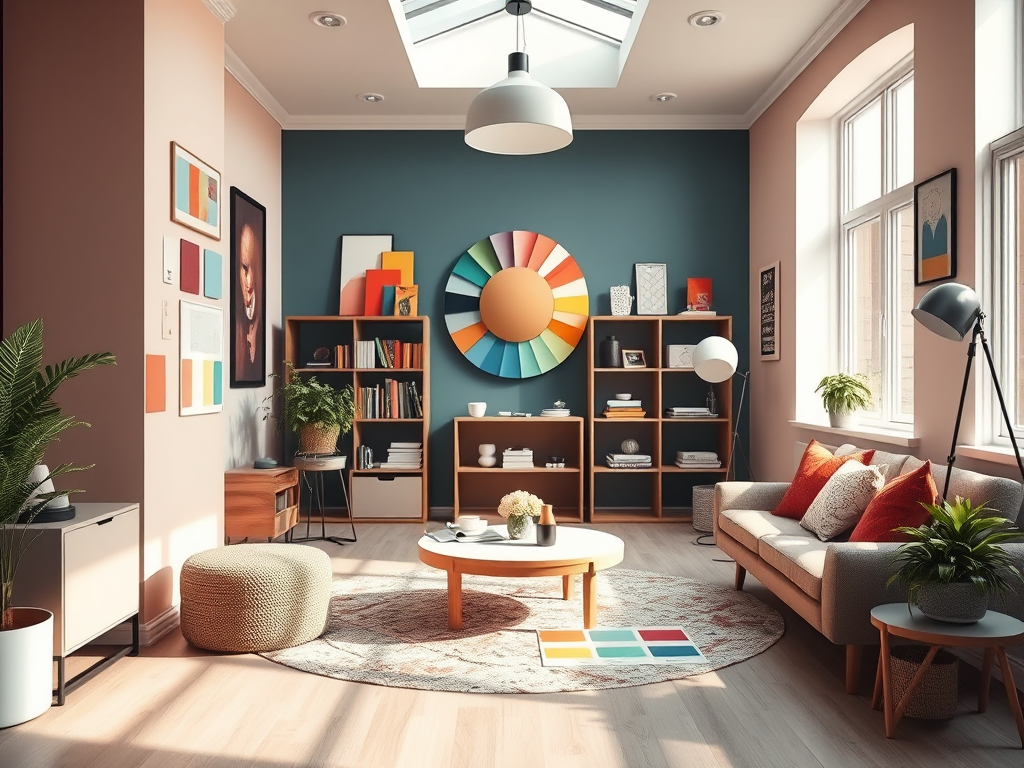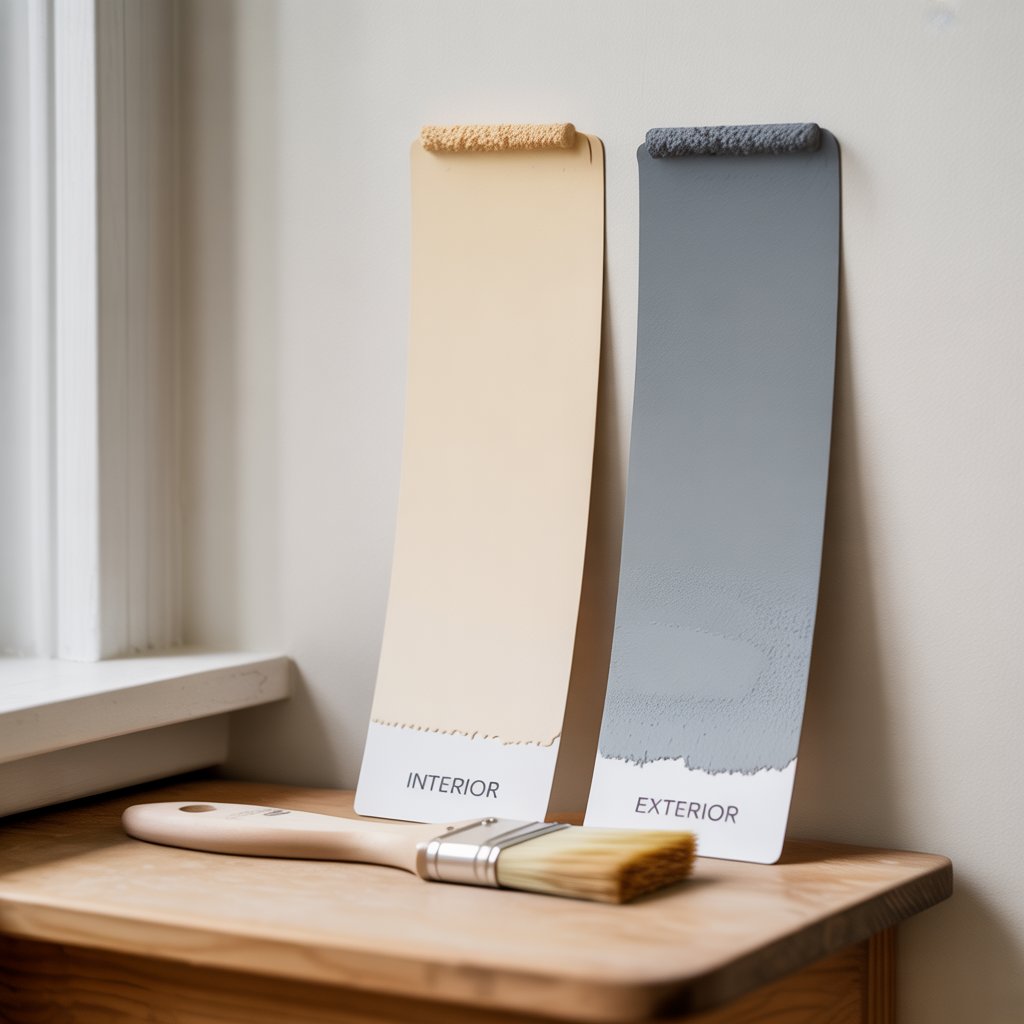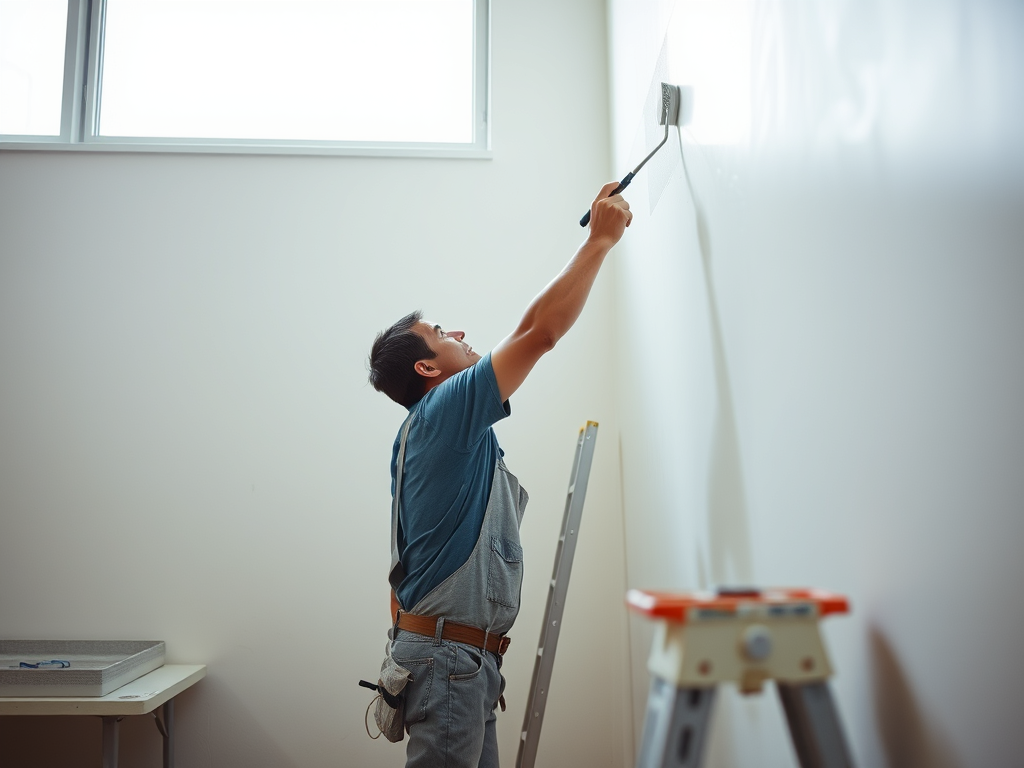
When it’s time to paint your home or business, it can be tempting to go with the lowest quote or try a quick DIY fix. But when it comes to something as important — and visible — as your property’s paint job, hiring a licensed professional painter makes all the difference.
At Home Castle Painting, Inc., we take pride in delivering top-quality painting services that combine skill, safety, and reliability. Here’s why trusting the pros is always worth it.
📞 Call 626.394.1989 today to schedule your free painting estimate!
🏠 1. Professional Results That Last
A high-quality paint job is more than just color on the walls. It’s about proper preparation, application, and finishing — details that determine how your paint will look and last over time.
Licensed professionals like Home Castle Painting, Inc. follow industry standards to ensure every surface is cleaned, repaired, primed, and painted to perfection. The result? A beautiful, even finish that stands up to time, weather, and wear.
🧰 2. Safety and Insurance Protection
Painting may seem simple, but it involves ladders, electrical fixtures, and sometimes hazardous materials. A licensed painting contractor carries the training, safety gear, and insurance coverage to protect both your property and their team.
That means if anything unexpected happens, you’re completely covered — no liability, no stress.
🕒 3. Save Time and Avoid Costly Mistakes
DIY painting or hiring an unlicensed handyman can lead to uneven coats, paint drips, or worse — surfaces that peel or crack within months. Fixing these mistakes often costs more than hiring professionals in the first place.
At Home Castle Painting, Inc., our experienced crew works efficiently and cleanly, delivering a flawless finish the first time around. You’ll save time, money, and frustration.
🏡 4. Expert Color and Finish Guidance
Choosing paint colors can be overwhelming, especially with so many finishes and sheens to consider. Our experienced painters can help you pick colors that enhance your space, lighting, and design style — ensuring your home looks stunning from every angle.
From trendy neutrals to bold accent walls, we make color selection easy and stress-free.
💪 5. Peace of Mind You Can Trust
When you hire a licensed and insured company like Home Castle Painting, Inc., you’re not just paying for paint — you’re investing in quality, reliability, and accountability.
We’re committed to doing the job right, communicating clearly, and leaving your property spotless when we’re done. That’s the Home Castle promise.
🎨 Experience the Home Castle Difference
From homes to businesses, interiors to exteriors, Home Castle Painting, Inc. delivers professional results that elevate every space. Our licensed painters bring craftsmanship, care, and attention to detail to every project.
📞 Call us today at 626.394.1989 to schedule your free estimate and discover why we’re the trusted choice for homeowners across Southern California.
🏰 Home Castle Painting, Inc. — Professional. Reliable. Exceptional.
#HomeCastlePainting #ProfessionalPainter #LicensedPainter #ExteriorPainting #InteriorPainting #PaintingCompany #HomeImprovement #QualityCraftsmanship #PaintingContractor #SouthernCaliforniaHomes
